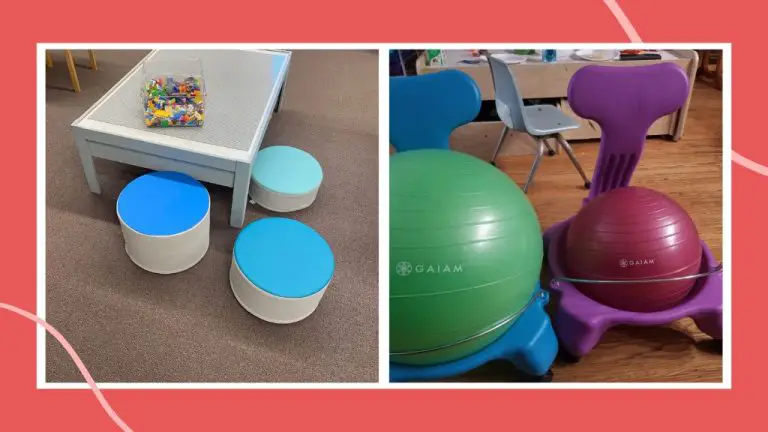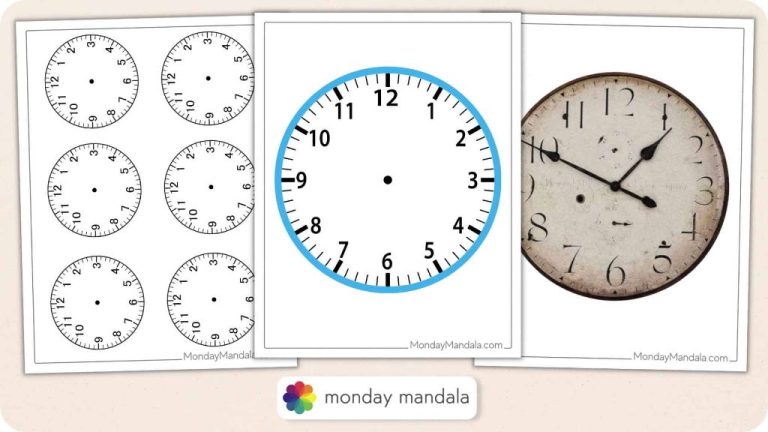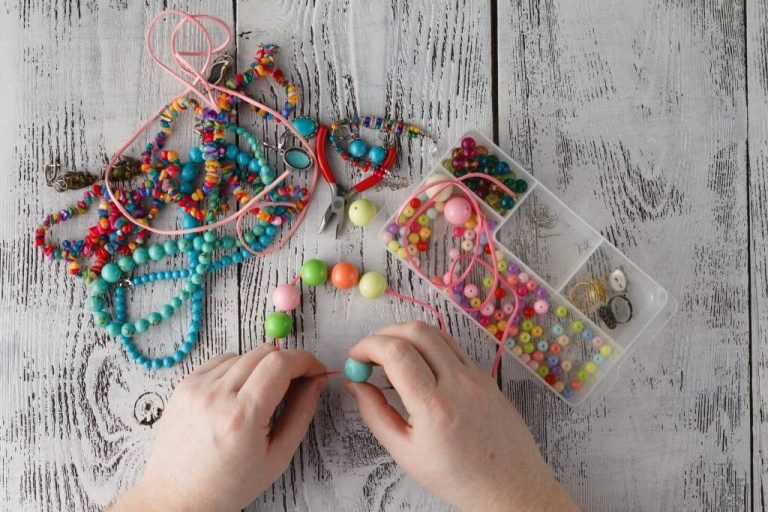Is Play Kitchen For Boy Or Girl?
Play Kitchens: More than Child’s Play
Play kitchens have been a staple of children’s play for over a century. Originally made from wood or metal, modern play kitchens are often colorful plastic replicas of the real thing. But they serve an important developmental purpose that goes far beyond imitating mom and dad. Research shows that playing with a toy kitchen provides crucial benefits for a child’s growth and learning.
In this guide, we’ll explore the history of play kitchens, their many benefits for kids, what features to look for when shopping, and provide a list of our top recommended play kitchens on the market today.
History of Play Kitchens
Play kitchens for children originated as miniature versions of adult kitchens designed for girls to practice domestic skills like cooking and cleaning. These early toy kitchens emerged during the Victorian era in Europe, especially in Germany. Famous toy manufacturers like Moritz Gottschalk began producing ornamental toy kitchens made of tinplate and cast iron in the mid-19th century in Nuremberg, Germany (https://www.goodhousekeeping.com/life/g2402/history-of-toy-kitchens/). These intricate toy kitchens allowed girls to mimic their mothers’ domestic work, reinforcing societal gender roles at the time.
In the late 1800s and early 1900s, toy kitchens spread in popularity across Europe and America, promoted as teaching tools for young girls to practice homemaking skills like cooking pretend food and keeping a tidy home. Miniature kitchens produced in Germany were especially prized for their intricate details and quality craftsmanship (https://m.economictimes.com/magazines/panache/tiny-tots-pots-doll-houses-decoding-the-soaring-popularity-of-miniature-utensils-for-kids/articleshow/77957628.cms). As toy kitchens spread, they continued to be marketed primarily towards girls to prepare them for domestic duties in adulthood.
Benefits of Play Kitchens
Play kitchens provide many developmental benefits for children. One key benefit is that play kitchens help develop real-life skills like cooking and cleaning (Plumplay). Children get to mimic actions they see adults doing in the kitchen, allowing them to gain familiarity with tasks like washing dishes, preparing food, setting the table, and more. As Plumplay notes, “By pretending to cook, bake, wash up, load the dishwasher and so on, [children] are learning essential life skills that will help them later in life.”
Play kitchens also facilitate roleplaying and social interactions. Children often play together in the kitchen, assigning roles and acting out scenarios. This cooperative play builds communication, negotiation, and social skills. As Avery and Ruth explain, “[Play kitchens] provide opportunities for problem solving as kids negotiate who will be the chef, server, customer, etc.”
Allowing children to explore through imaginative play in a play kitchen sets them up for success by nurturing creativity, independence, and real-world abilities.
Creativity and Imagination
Playing with a play kitchen set allows children to engage their creativity and imagination. The open-ended nature of this type of play encourages kids to think outside the box, come up with stories, and take on different roles. As noted by Plumplay.co.uk, “By using a play kitchen set, children can inspire their imagination. Perhaps they will play in the role of a Michelin star chef or maybe they’ll come up with fantastical recipes that only exist in their minds.”
Pretend play in a play kitchen gives kids the chance to let their creativity run wild. As Avery & Ruth explain, “Without parents or toys dictating how they ‘should’ play, children are free to follow their imaginations wherever they lead.” Kids can come up with any scenario, recipe, or storyline they want during play kitchen activities.
Allowing this type of open-ended pretend play encourages flexibility, originality, and innovation in thinking. The play kitchen becomes a space where kids are free to explore their boundless creativity through role playing, inventing recipes, and coming up with exciting food-related storylines. As noted in the Avery & Ruth article, this unstructured play in the play kitchen “builds creativity as children find new ways to use materials.”
Equal Access for Boys and Girls
Traditionally, play kitchens were marketed almost exclusively toward girls, reinforcing outdated gender stereotypes that cooking and domestic tasks are “women’s work.” However, this deprives boys of the benefits of imaginative play with a play kitchen. Today, many parents actively work to dismantle these stereotypes by providing play kitchens for boys as well as girls.
Play kitchens allow children of all genders to engage in roleplaying games that build creativity, imagination, and empathy. There is no reason to restrict boys from participating in this style of play. In fact, encouraging boys to play with kitchen sets helps promote gender equality from an early age by signaling that caretaking and domestic tasks are not just for girls or women.
Some sources still warn that boys may face stigmatization for playing with toys perceived as feminine, like play kitchens (Source). However, attitudes are rapidly shifting, and the benefits of providing boys access to nurturing roleplay through play kitchens far outweigh outdated gender biases. Parents today have the opportunity to promote equality and inclusiveness through the toy choices they offer their sons.

Features to Look For
When selecting a play kitchen, there are a few key features to consider:
Size
Play kitchens come in a wide range of sizes. Smaller kitchens are great for toddlers and save space, while larger models allow for more interactive play. Consider your child’s age and how much room you have available when deciding on size.
Materials
Wood and plastic are common play kitchen materials. Wood provides a realistic look and feel, though it may scratch more easily. Durable plastic withstands energetic play and is typically easier to clean.
Included Accessories
Many play kitchens come with accessories like play food, pots and pans, plates, and pretend appliances. More accessories allow for more varied and imaginative play. Make sure included pieces match your child’s developmental stage.
Safety Considerations
When choosing a play kitchen for your child, it’s important to ensure it’s made from safe, non-toxic materials. Here are some key things to look out for:
BPA-free plastic – Many plastic play kitchens are made from polycarbonate plastic which may contain BPA (Bisphenol A). BPA is an industrial chemical that can seep into food and drinks and has been linked to health problems. Look for play kitchens labelled “BPA-free” or made from polyethylene plastic instead.
Lead-free paint – Lead paint was commonly used in children’s toys until being banned due to its toxicity. Ensure any painted surfaces on a play kitchen are lead-free by looking for confirmation from the manufacturer.
Non-toxic materials – The safest play kitchens are made from natural, non-toxic materials like wood, bamboo, stainless steel and plant-based plastics. Avoid PVC plastic which can contain phthalates. Also check that any food included is non-toxic.
Choosing a play kitchen made from safe, non-toxic materials gives you peace of mind that your child can enjoy imaginative kitchen play without being exposed to any harmful chemicals.
Best Play Kitchens
With so many options on the market, it can be challenging to select the best play kitchen for your child. Here are my top recommendations with pros and cons for each:
KidKraft Ultimate Corner Play Kitchen
Pros:
- Spacious design with storage and realistic accessories
- High-quality wood construction
- Adjustable and detachable sink
- Can fit multiple children
Cons:
- Assembly required
- Large footprint
Step2 Little Bakers Kitchen
Pros:
- Cute, compact size
- Interactive features like oven and working doors
- Plastic construction is lightweight and easy to clean
- Affordable price point
Cons:
- Only fits 1-2 children at a time
- Accessories are limited
Melissa & Doug Chef’s Kitchen
Pros:
- Open design encourages multi-child play
- High-quality wood materials
- Comes with 96 accessories including play food
- Easy assembly
Cons:
- Takes up significant floor space
- More expensive than plastic options
Frequently Asked Questions
Some common questions that parents have about play kitchens include:
What is the best age for a play kitchen?
Play kitchens can be suitable for children as young as 12 months old. Look for simpler designs with rounded corners for toddlers. Around 3-4 years old, kids can start using more realistic kitchens with accessories. Play kitchens remain fun for kids up to age 8-10.
Where is the best place to set up a play kitchen?
Look for an open, flat space like a playroom, basement or corner of a living room. Make sure to leave room for pretend play activities. Nearby storage helps kids access accessories. Setting it up in a high-traffic area makes it easy to supervise.
What accessories are recommended?
Pots, pans, play food, dishes, utensils, and pretend appliances make for endless creative play. Opt for accessories sized right for little hands. Materials like wood, fabric and stainless steel hold up well. Sturdy storage bins keep accessories organized.
Can boys play with toy kitchens?
Absolutely! Play kitchens are for children of all genders. Playing chef helps develop imagination, independence and motor skills regardless of gender. Open-ended play encourages creativity and interest in cooking.
Conclusion
In conclusion, play kitchens provide immense value for children of all genders by encouraging creativity, imagination, and roleplaying. They allow kids to mimic activities they see their parents and other adults engage in, like cooking, cleaning, and caring for others. Play kitchens teach important life skills like following recipes, cleaning up after themselves, and sharing. Most importantly, they provide hours of open-ended fun. Kids will return to a play kitchen again and again, engaging in collaborative imaginary play. There are many options when it comes to choosing a play kitchen, but sturdy construction and inclusion of accessories are key. Consider safety and easy cleaning as well. Ultimately, play kitchens are an important toy for any child’s development and satisfaction. They nurture skills and interests that will serve kids throughout their lives.





